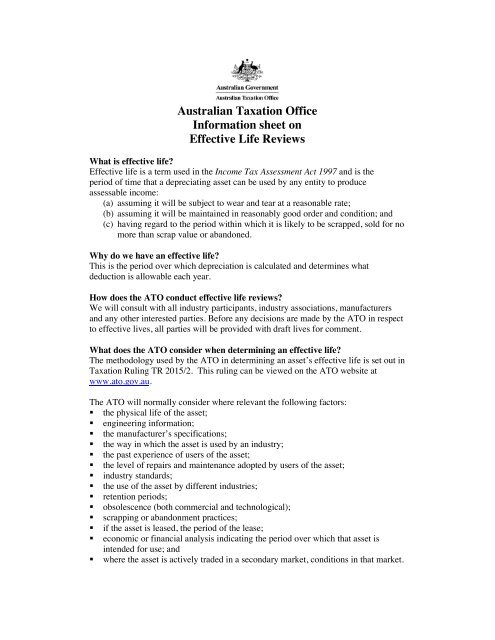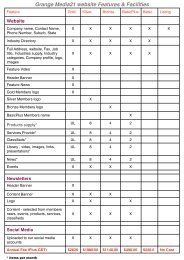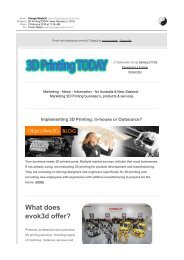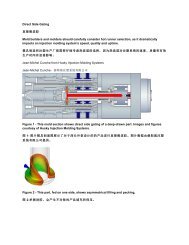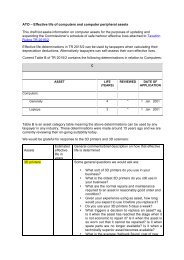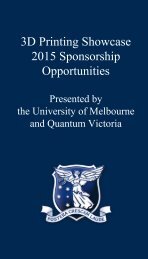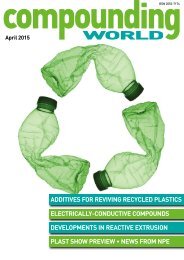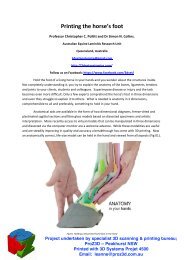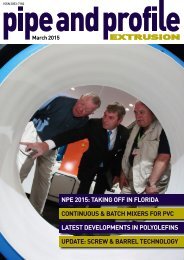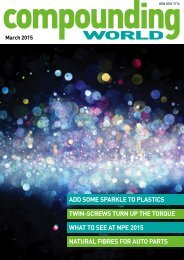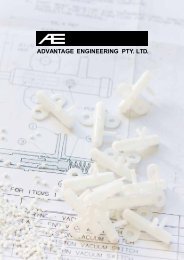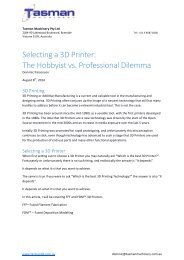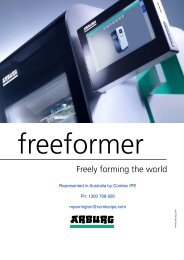Effective Life Reviews - info sheet
Create successful ePaper yourself
Turn your PDF publications into a flip-book with our unique Google optimized e-Paper software.
Australian Taxation Office<br />
Information <strong>sheet</strong> on<br />
<strong>Effective</strong> <strong>Life</strong> <strong>Reviews</strong><br />
What is effective life?<br />
<strong>Effective</strong> life is a term used in the Income Tax Assessment Act 1997 and is the<br />
period of time that a depreciating asset can be used by any entity to produce<br />
assessable income:<br />
(a) assuming it will be subject to wear and tear at a reasonable rate;<br />
(b) assuming it will be maintained in reasonably good order and condition; and<br />
(c) having regard to the period within which it is likely to be scrapped, sold for no<br />
more than scrap value or abandoned.<br />
Why do we have an effective life?<br />
This is the period over which depreciation is calculated and determines what<br />
deduction is allowable each year.<br />
How does the ATO conduct effective life reviews?<br />
We will consult with all industry participants, industry associations, manufacturers<br />
and any other interested parties. Before any decisions are made by the ATO in respect<br />
to effective lives, all parties will be provided with draft lives for comment.<br />
What does the ATO consider when determining an effective life?<br />
The methodology used by the ATO in determining an asset’s effective life is set out in<br />
Taxation Ruling TR 2015/2. This ruling can be viewed on the ATO website at<br />
www.ato.gov.au.<br />
The ATO will normally consider where relevant the following factors:<br />
! the physical life of the asset;<br />
! engineering <strong>info</strong>rmation;<br />
! the manufacturer’s specifications;<br />
! the way in which the asset is used by an industry;<br />
! the past experience of users of the asset;<br />
! the level of repairs and maintenance adopted by users of the asset;<br />
! industry standards;<br />
! the use of the asset by different industries;<br />
! retention periods;<br />
! obsolescence (both commercial and technological);<br />
! scrapping or abandonment practices;<br />
! if the asset is leased, the period of the lease;<br />
! economic or financial analysis indicating the period over which that asset is<br />
intended for use; and<br />
! where the asset is actively traded in a secondary market, conditions in that market.
What are the advantages of the ATO determining effective lives?<br />
The ATO effective lives provide certainty to taxpayers on what will automatically be<br />
considered acceptable to the ATO if the taxpayer’s affairs are reviewed. The ATO<br />
effective lives, currently listed in TR 2015/2, are generally described as ‘safe harbour<br />
lives’ due to the fact that they will not be challenged. Taxpayers are also saved the<br />
cost and time in working out their own effective lives.<br />
Is it compulsory to use the ATO effective life?<br />
No. A taxpayer can choose to self-assess the effective life of a depreciating asset if it<br />
considers the ATO life is not appropriate in its specific circumstances. In selfassessing<br />
the effective life, the taxpayer will be required to determine the period of<br />
time that the depreciating asset can be used to produce assessable income by any<br />
entity:<br />
(a) having regard to the wear and tear it reasonably expects from its particular<br />
circumstances; and<br />
(b) assuming that it will be maintained in reasonably good order and condition.<br />
Is it compulsory to take part in the effective life review?<br />
No. It is a completely voluntary process. Obviously, the greater the participation by<br />
industry members, the more closely the resulting ATO determination on effective<br />
lives will reflect industry practice. This in turn should assist taxpayers to lessen<br />
compliance costs, by reducing the number needing to self-assess the effective life of<br />
assets.<br />
Is the effective life review an audit of my work practices?<br />
No. As mentioned above, it is a completely voluntary process. Any <strong>info</strong>rmation that<br />
is supplied to the ATO will be subject to the secrecy provisions as well as classified as<br />
commercial in confidence and will only be used by the relevant team responsible for<br />
recommending effective lives to the Commissioner of Taxation.


